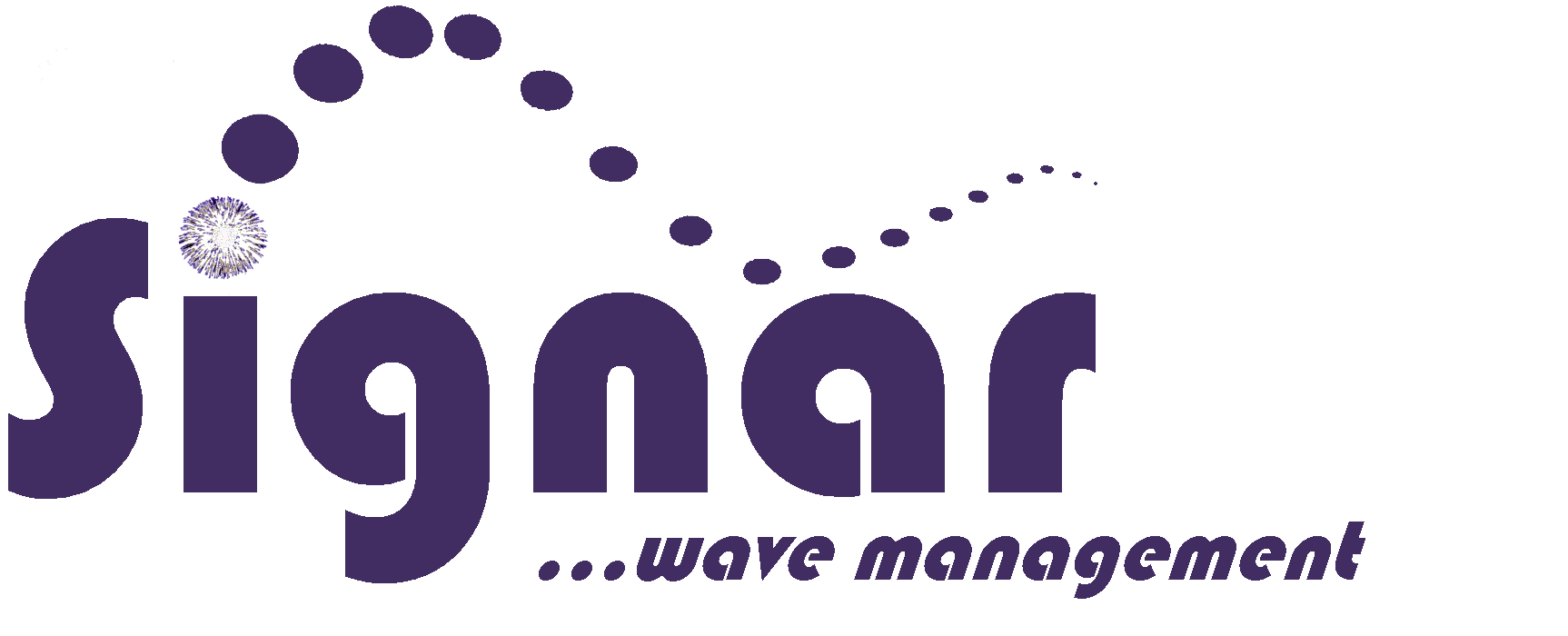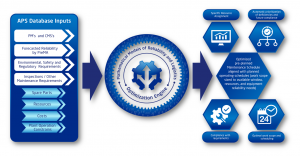“Prognostic accuracy is the key functionality needed to advance an integrated asset reliability program. Maintenance actions become synchronized with the overall business operational requirements of the system and the actions themselves are reduced to the safest minimum levels.” — Marton J. Dundics (The DEI Group)
Decision support for plant’s force includes diagnostics and prognostic information pertaining to both probability of failure and cost of intervention, both now and in the future.
prognostics won wars then…

- In 584 BC, Thales of Miletus predicted an eclipse that was instrumental in ending the Battle of Halys and ending the 6-year war between the Medians and the Lydiansthe.
- Foreknowledge of lunar eclipse proved deadly for Athenian forces engaged in the 413 BC Peloponnesian War.
- King Alexander of Pheræ used advance knowledge of the coming eclipse in Thebes to plan his attack on the city of Thessaly.
- Foreknowledge of a 1504 lunar eclipse saved Christopher Columbus and crew from starvation.
…and it still does today

Col. Michael Miles, 388th Maintenance Group commander, PUTS IT THIS WAY:
“First off, with PHM [Prognostic Health Management], you know exactly what the issue is. You don’t have to decipher fault isolation lists and manually dig through technical data like many fourth-generation platforms. The information is right there in the system.
“To me, the most valuable part of the maintenance system is the prognostic health management capabilities,” Miles said. “The ability to look at what the jet is reporting on its health and make maintenance decisions early …is a huge leap in maintenance management.”
PreMA IS that Proven System
Fault Detection, Prognostic Accuracy, and Cost Functions that Link Performance to Asset Management, Finance, and Strategic Planning
The premier system (ICAS) developed for the Navy in the 1990s has now evolved and matured into the preeminent system of our day, PreMA (Predictive Machinery Analyzer) by The DEI Group. PreMA ups the ante with intelligence gleaned from multivariate data needed for autonomous fault detection, prognostic accuracy, and cost optimization of intervention.

PreMA uses high fidelity mathematical model-based fault detection technology and dynamic remaining useful life (RUL) estimations, based on future operating profile and exposure to environmental conditions, that provide you with decision-making information related to equipment current health, cumulative wear, and dynamic RUL.
Advanced pattern recognition (APR) is commonly used for anomaly detection to trigger the need for analysis. Conversely, after detecting an anomaly, PreMA goes much further by performing advanced diagnostics and prognostics, providing repair/replace cost intelligence, and even generating detailed job plans (if desired).
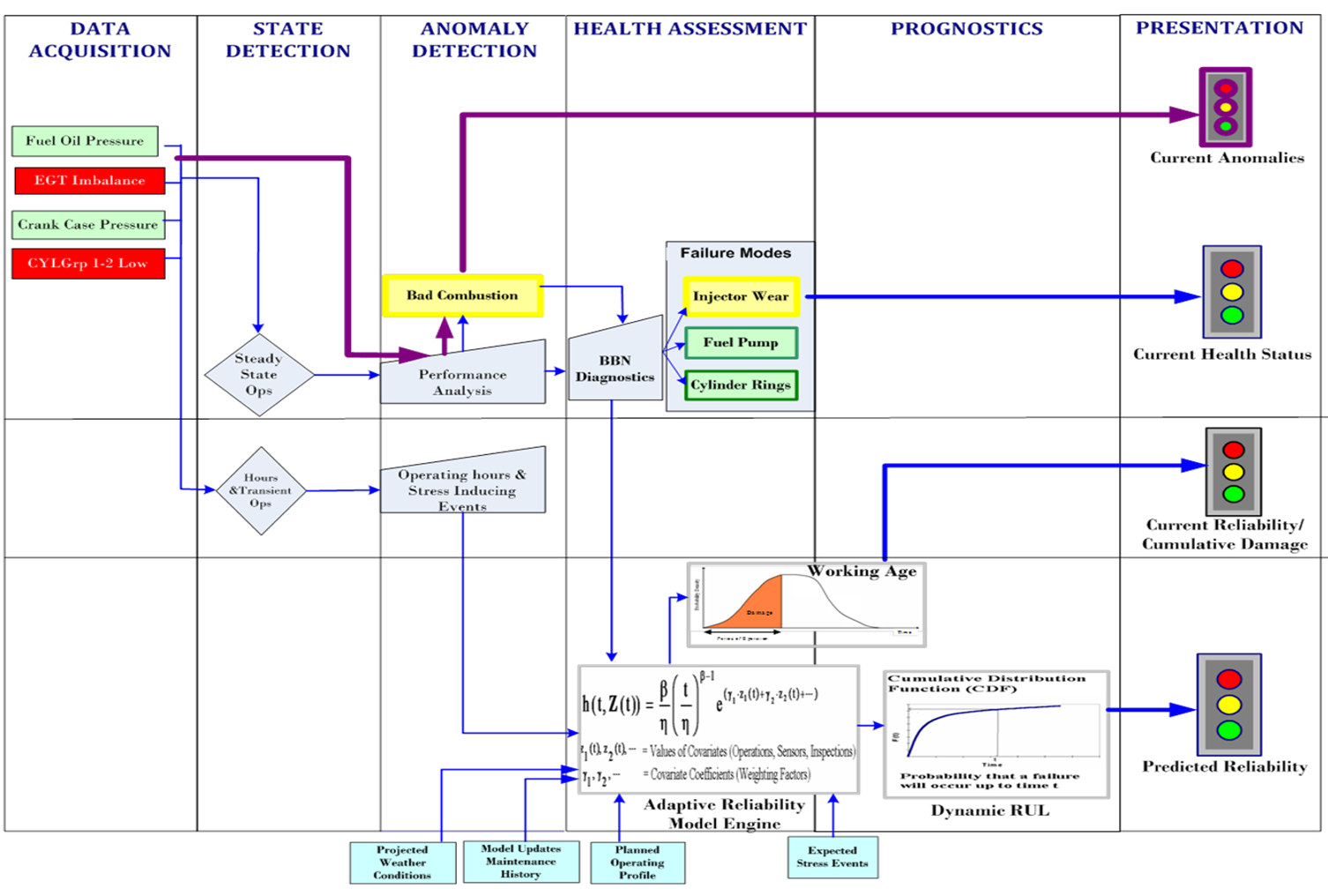
All potential failure mode faults are monitored by PreMA, All the time. Asset health visualization is clear and unambiguous.
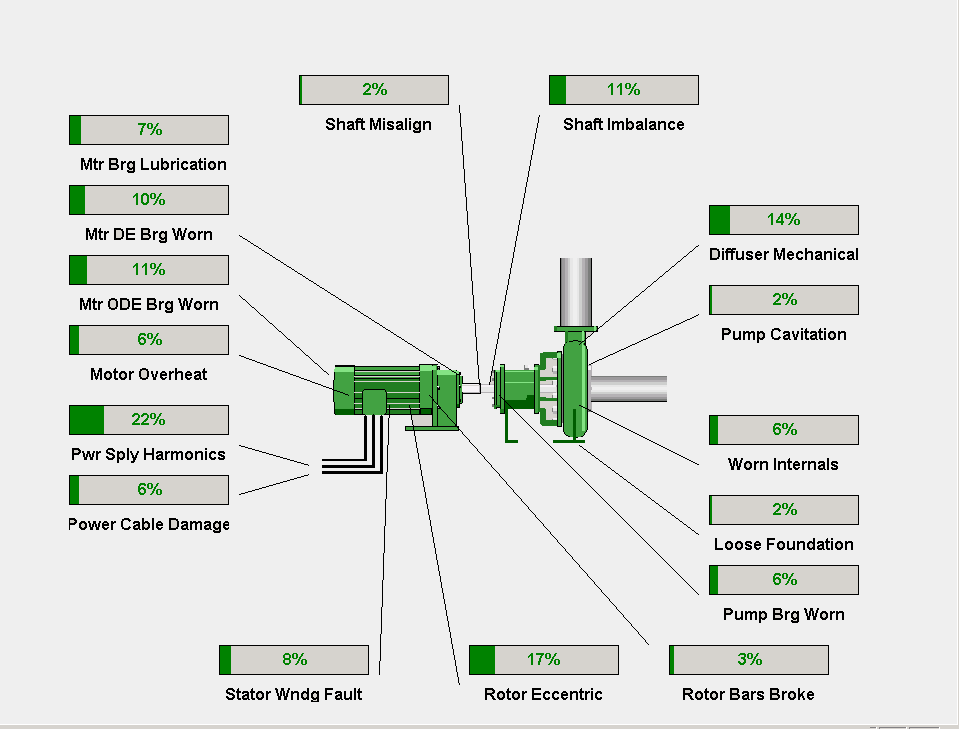
PreMA prognostic routines inform you of fault degradation estimates in discrete time intervals so that intervention decisions are made more objectively.
autonomous fault prognostics
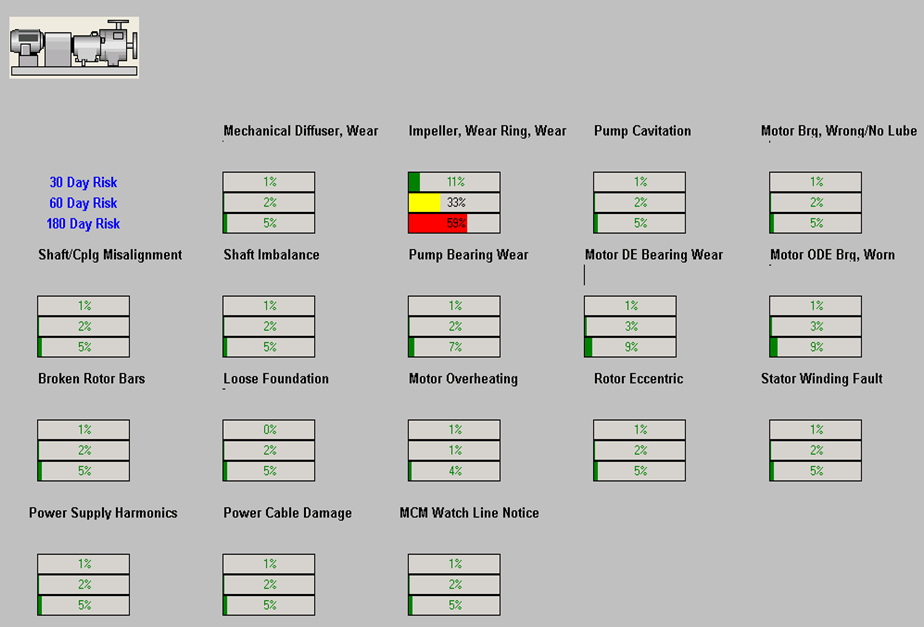
fault progression forecast
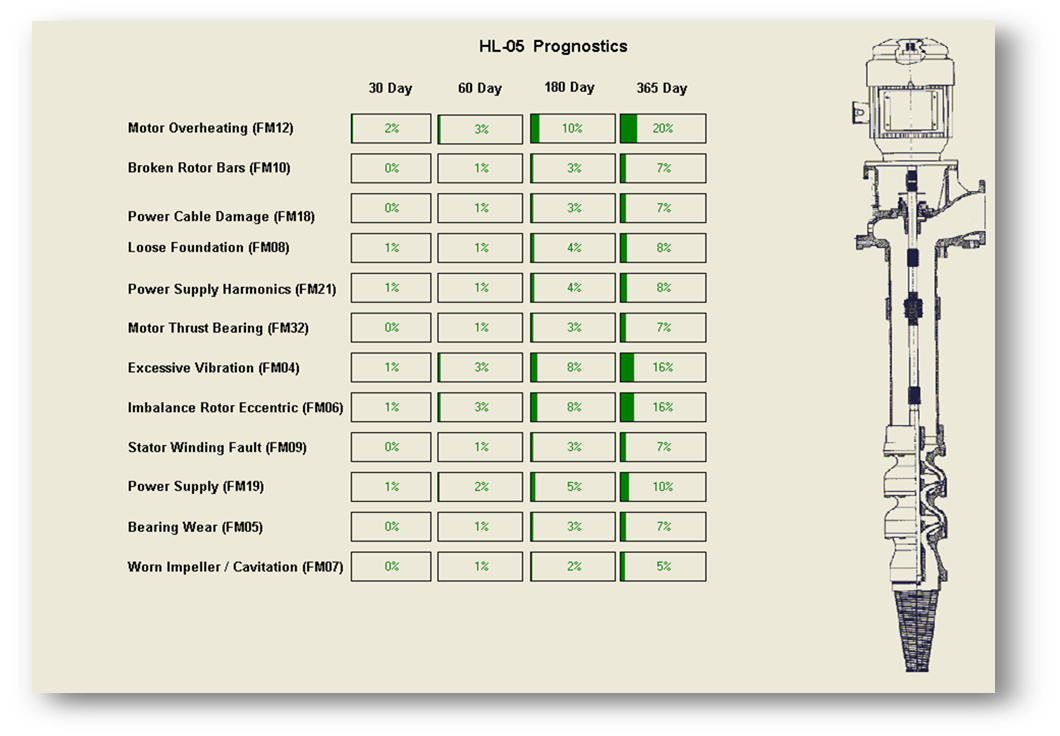
PreMA systems are available for online monitoring of lube oil, diesel-generator health, motors and their driven components, vibration, breakers, transformers, power quality and endless other business uses.
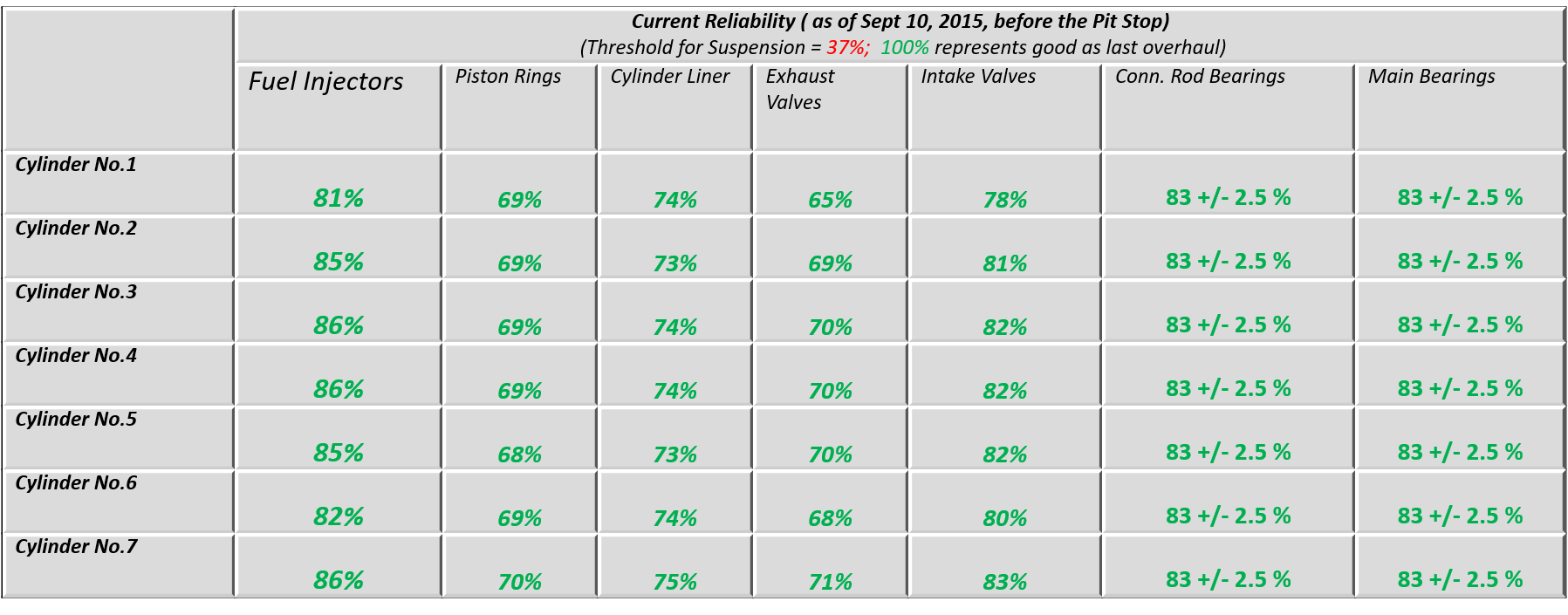
us navy program success
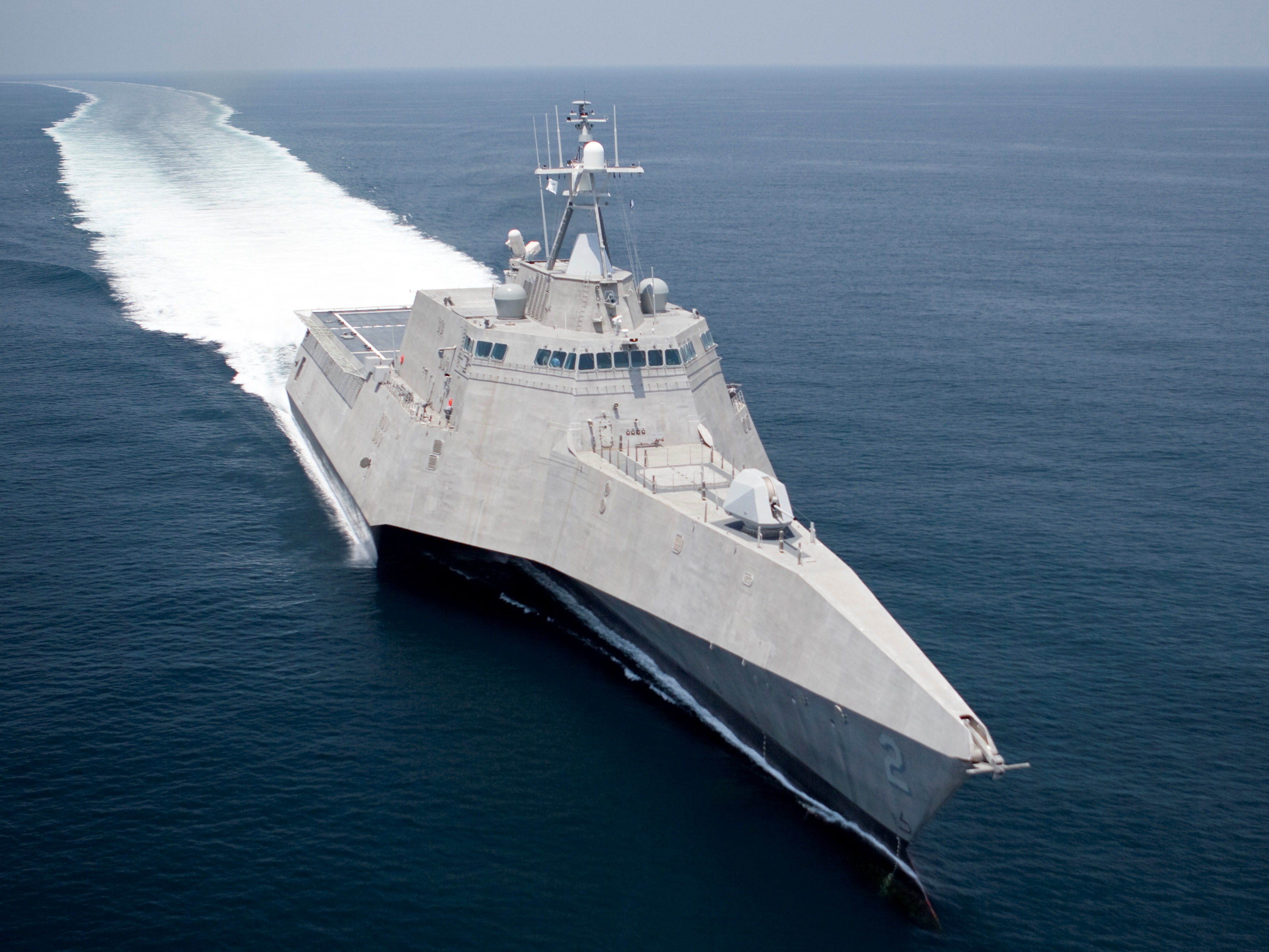
Based on the success of the PreMA pilot study, two new positions were created in the Navy: Advance Planner and Readiness Engineer.
two new navy positions created
“Overall, the LCS CBM+ pilot was instrumental in the
sustainment of both LCS 1 and 3 during their maiden
overseas deployments and garnered positive feedback from their crews and shore-based support teams. The pilot achieved several objectives: predicting remaining useful life of equipment, diagnosing failures, assisting in the scheduling of maintenance tasks for upcoming availabilities, reducing crew workload, and helping operators and maintainers make smart decisions that reduced risks and impacts to the ships’ operations and schedules. Lessons learned from this pilot will help inform and shape the future of LCS CBM+” (Surface Warfare Magazine Sharing stories and news from Sailors across the U.S. Navy’s Surface Forces, Oct 2016.)
Maintenance actions recommended by PreMA-based engineering analysis and risk modeling on this project correctly identified 144 (93%) of the 155 failure modes for the 21 systems monitored.
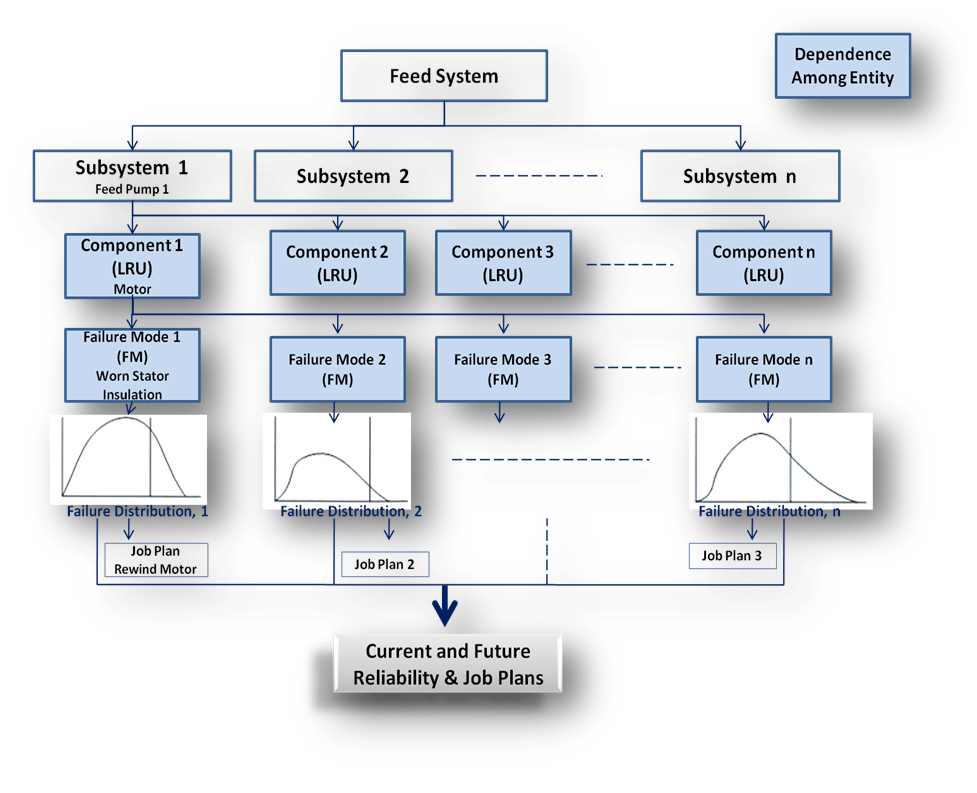
job plan, work order generation
- A reliability model is developed for each failure mode (diagnostic and prognostic reliability models).
- The Job plan associated with the failure mode is automatically generated (the job plan contains the processes, tag-outs, tools, man-hours, skill-set, Bill of Materials (BOM), and re-test requirements associated with that specific job).
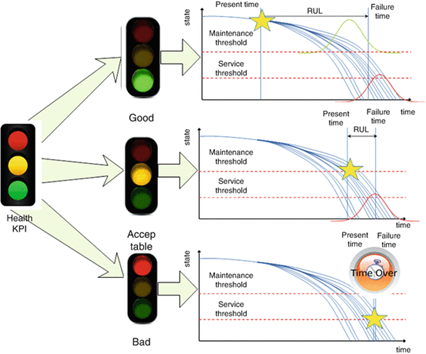
Faults, prognostics, and quantifiable economics
The PreMA focus is on obtaining the information needed to support leading indicator fault detection, prognostic calculation, and decision support based on a combination of dynamic failure probability (now, in the future, or as a result of a redundant system failure) and the quantifiable economic consequences of the failure (including what-if scenarios as they relate to deferred activity in support of production, safety, or environmental concerns).
mbvi edge system Technologies
In order to capture and manipulate the right data, PreMA leverages time-tested methods as well as very high-powered technologies heretofore reserved for the likes of NASA, Raytheon, Northrup Grumman, GE, the Navy and Air Force. Some of these technologies offer astonishing capabilities like self-powering (energy-harvesting) wireless sensing and autonomous MBVI (model-based voltage and current) systems that use existing motors as sensors (to monitor and diagnose mechanical and electrical conditions).
Interested in attending an Upside Workshop to learn more about the power of prognostics, reliability control, and why asset- and mission-intensive industries have embraced this critical approach to risk control?
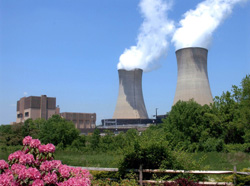
Or might you be interested in knowing what it is about PreMA that equipment manufacturers don’t want you to know? And how prognostic power and decision support can transform your business?
